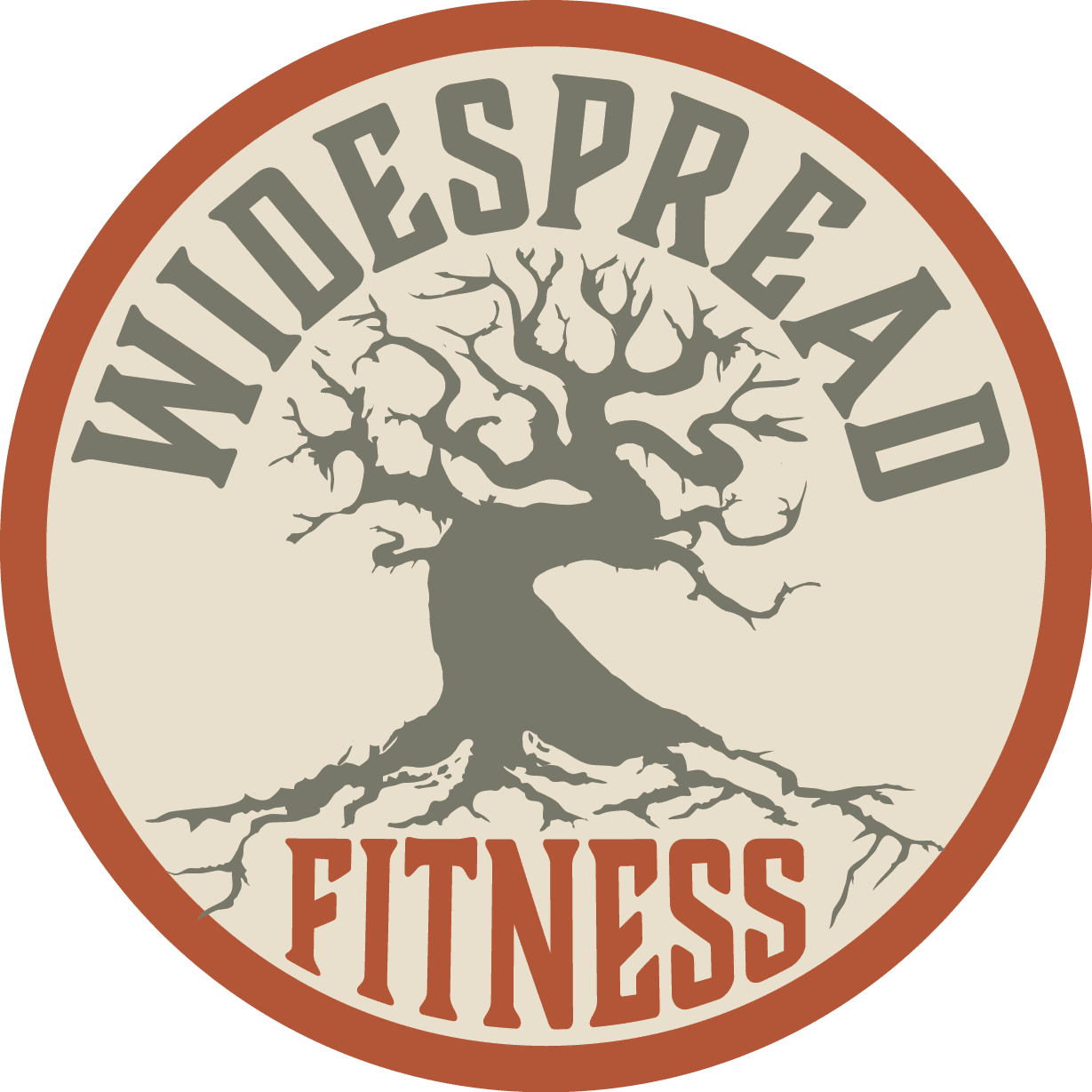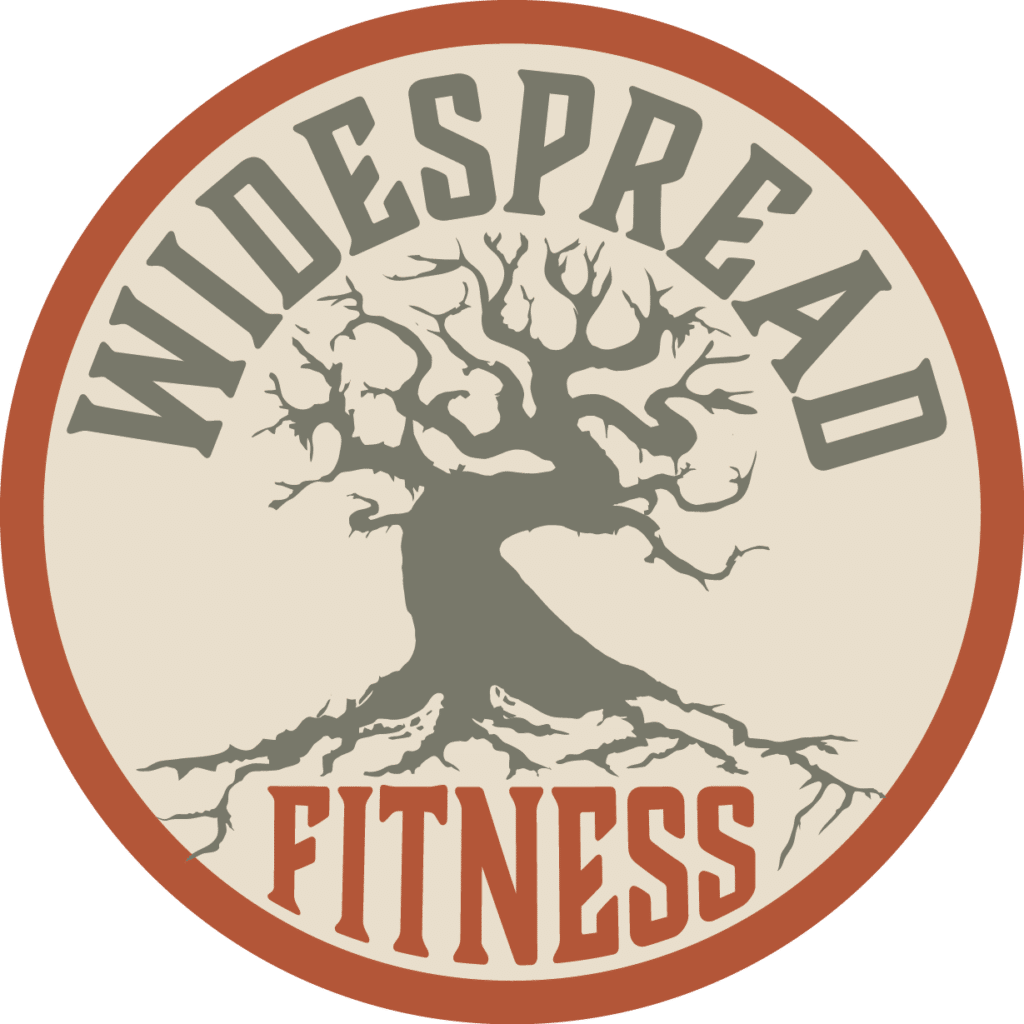The top 8 Press variations you should be training instead
There are an incredible number of options of exercises to train the chest and shoulder muscles. Yet most athletes stick with the same barbell and dumbbell presses year after year. When it comes to training upper body pressing there are many alternative movements that will improve strength and mobility.
If you’re reading this it might just be time for you to ditch the barbell bench and strict press. These exercises are great for building pure strength, but without some variability in your training could leave you vulnerable to injury in other ranges of motion. Selecting a wide assortment of pressing exercises to train your chest, shoulders, and triceps is best for an athlete who is serious about long term growth and success in their sport.
Ideally working with a coach who can program the best drills and exercises will optimize your training. Here are the top 8 movements that will help you build strong healthy chest and shoulder muscles and convey other performance benefits as well.
- Behind The Neck Push Press
- Z Press
- Filly Press
- Plyometric Pushups
- One Arm Dumbbell Bench
- Bottoms Up Kettlebell Press
- The Sots Press
- Landmine Press
Behind The Neck Push Press
The push press performed from behind the neck is a great exercise for developing strength through the full range of motion of the press. It has high transfer to other exercises like the jerk. Many athletes find they are able to develop better neural connection between the dip and drive portion of the lift than when performed in the front rack because the load stays directly over their hips.
“If you want something you’ve never had, you must be willing to do something you’ve never done.” -Thomas Jefferson
Z Press
Named after the strongman Zydrunas Savickas, the Z Press is a press performed sitting flat on the floor with legs extended in front so your body is in an L shape. It requires trunk strength, hip flexor mobility, hamstring flexibility, and lumbar and thoracic spine health. The Z press can be performed with any implement of your choice and is great for training out inefficient movement patterns in the press.
Filly Press
This is a 1 arm dumbbell Arnold Press while holding a Kettlebell in the front rack position of the non-working arm. This exercise is great for building scapular stability as well as core strength as you balance the two different implements throughout the press. `These are also great for address muscle imbalances.
Plyometric Pushups
The ability to generate power can often be beneficial to athletes. Lifting heavy loads slow is generally not as useful as rapidly being able to generate force. Plyometric push-ups provide a way to train the fast twitch muscle fibers of the chest and triceps. You also achieve a stimulus as you receive your body’s weight during the eccentric deceleration experienced after every rep.
One Arm Dumbbell Bench
One arm movements are great for challenging stability and core strength. For an added challenge try performing this movement with only your upper back resting on the bench while driving your heels into the floor and bridging the hips to full extension.
Bottoms up kettlebell Press
The bottoms up kettlebell press is a very challenging movement that should be learned with extremely light loads. It is tremendous for teaching proper pressing mechanics and learning how to develop stability in the shoulder. You are forced to stay engaged with a tight grip, elbow underneath the wrist, and tension in the total system.
The Sots Press
The Sots press is an tremendous strength and mobility exercise created by weightlifters but beneficial for all. This movement requires you to press from the bottom of a front squat and will force you to increase mobility and strength in the hips, back, and shoulder girdle, while increasing core stabilization. Clearly this movement has huge carry over to athletics and completing it with a moderate load is very impressive.
Landmine Press
The landline is a great tool for developing pressing strength in the upper chest and shoulders. It is effective because it provides a new vector to move weight through and disrupts the vertical resistance curve you are used to with most pressing movements.
There you have it. The 8 pressing variations you should be training!
When implementing new movements or routines into your training safety is the most important factor to focus on. Working with an experienced coach to learn the proper progressions is the key to having long term success!










